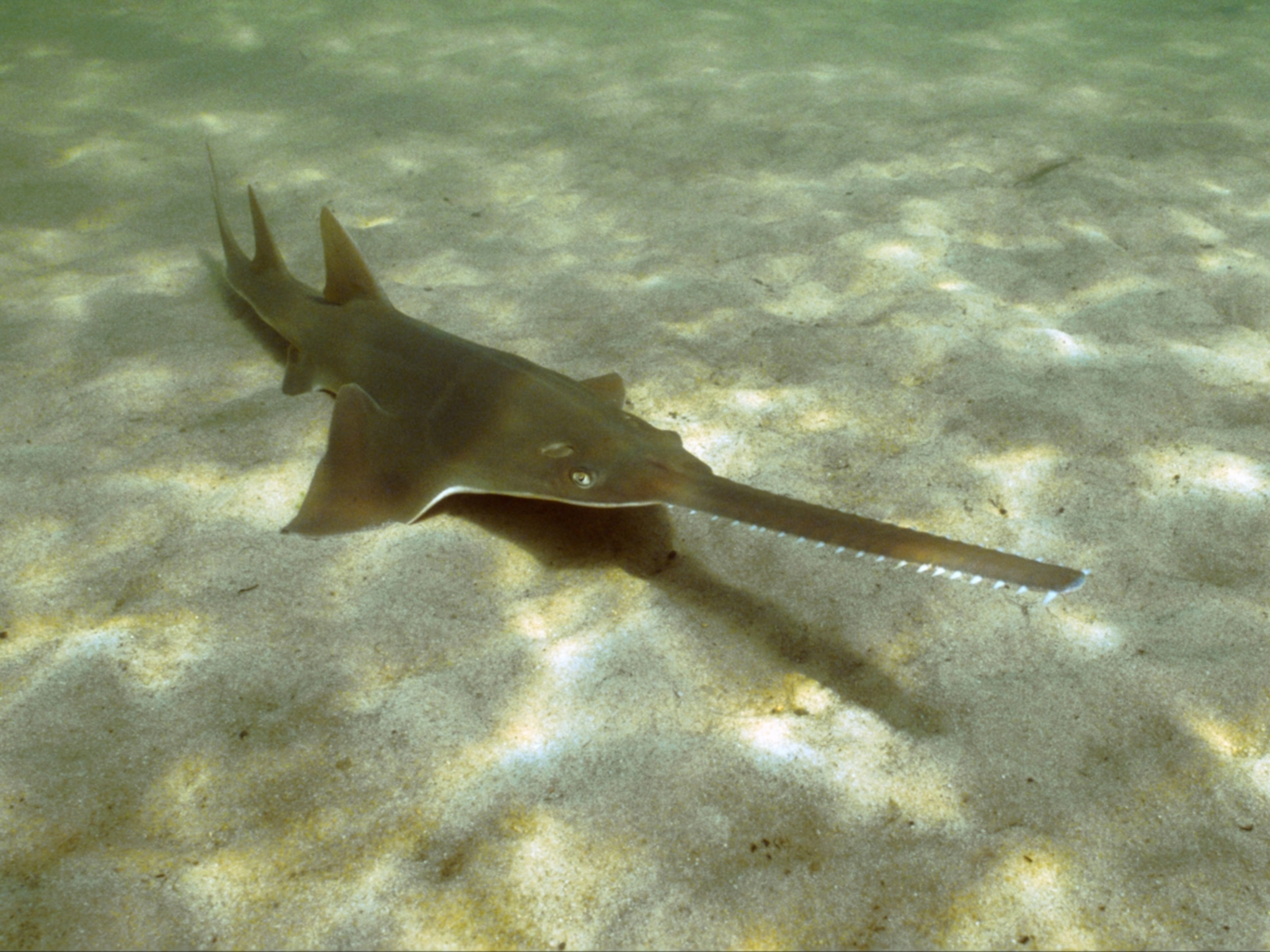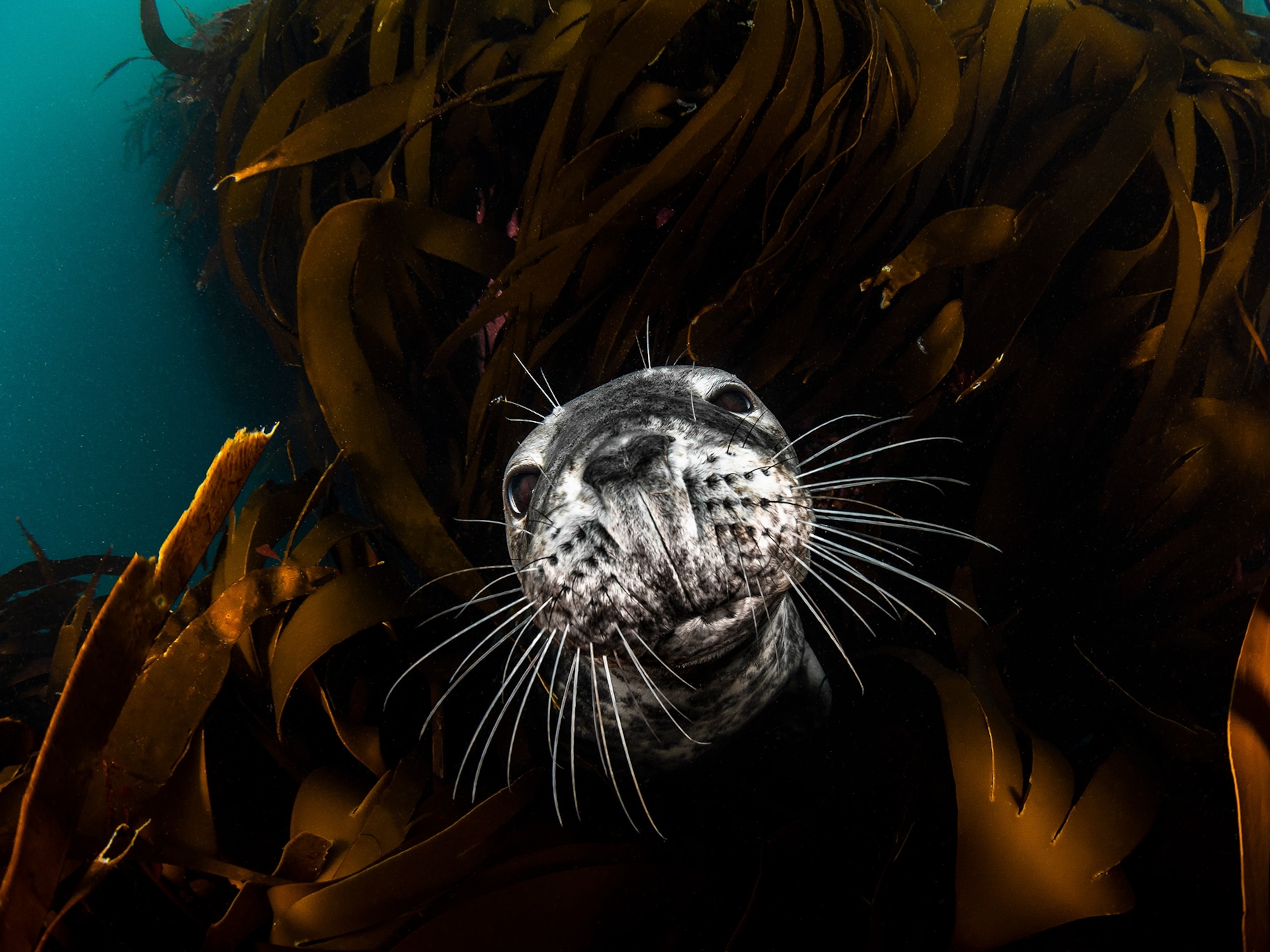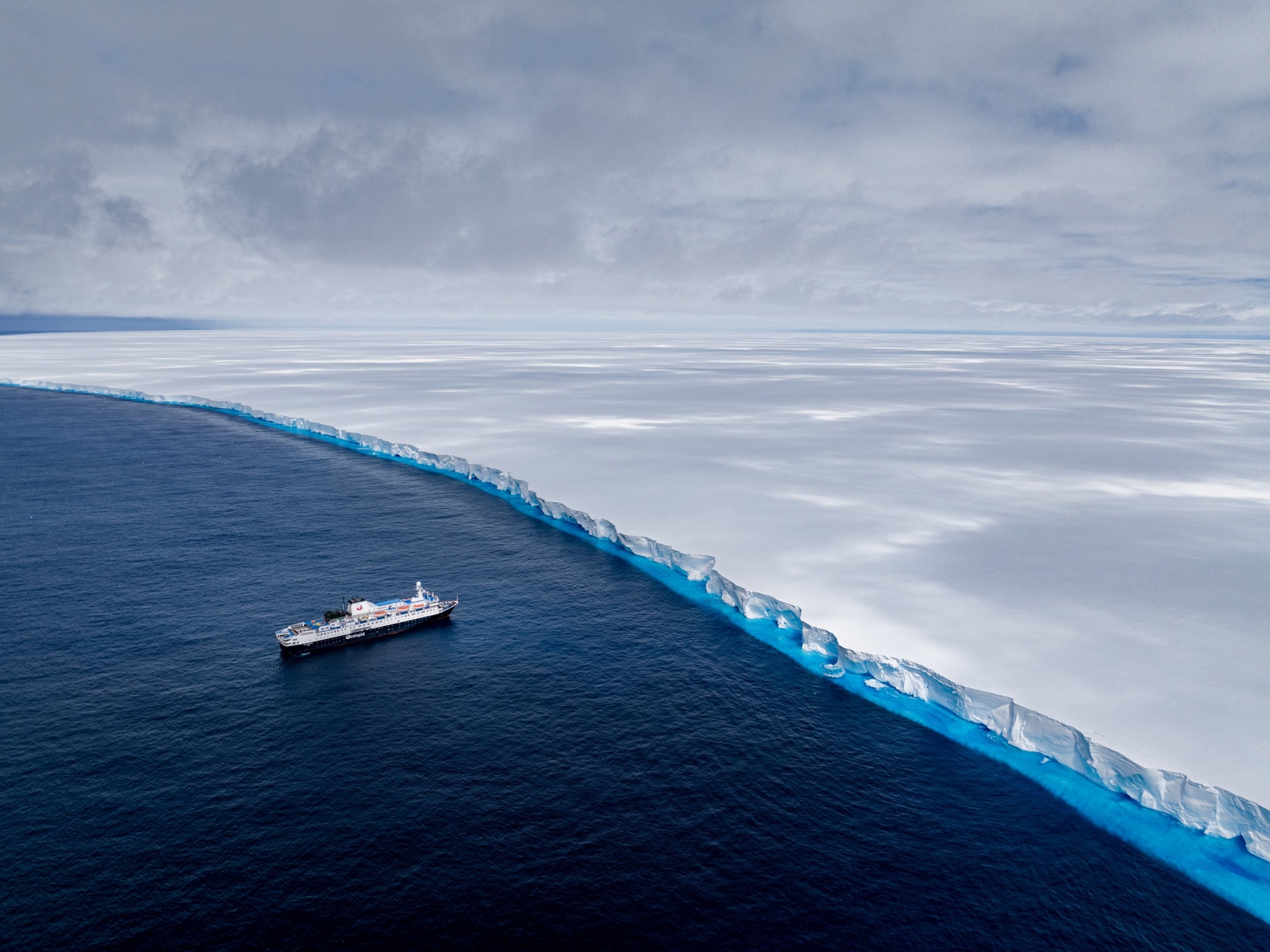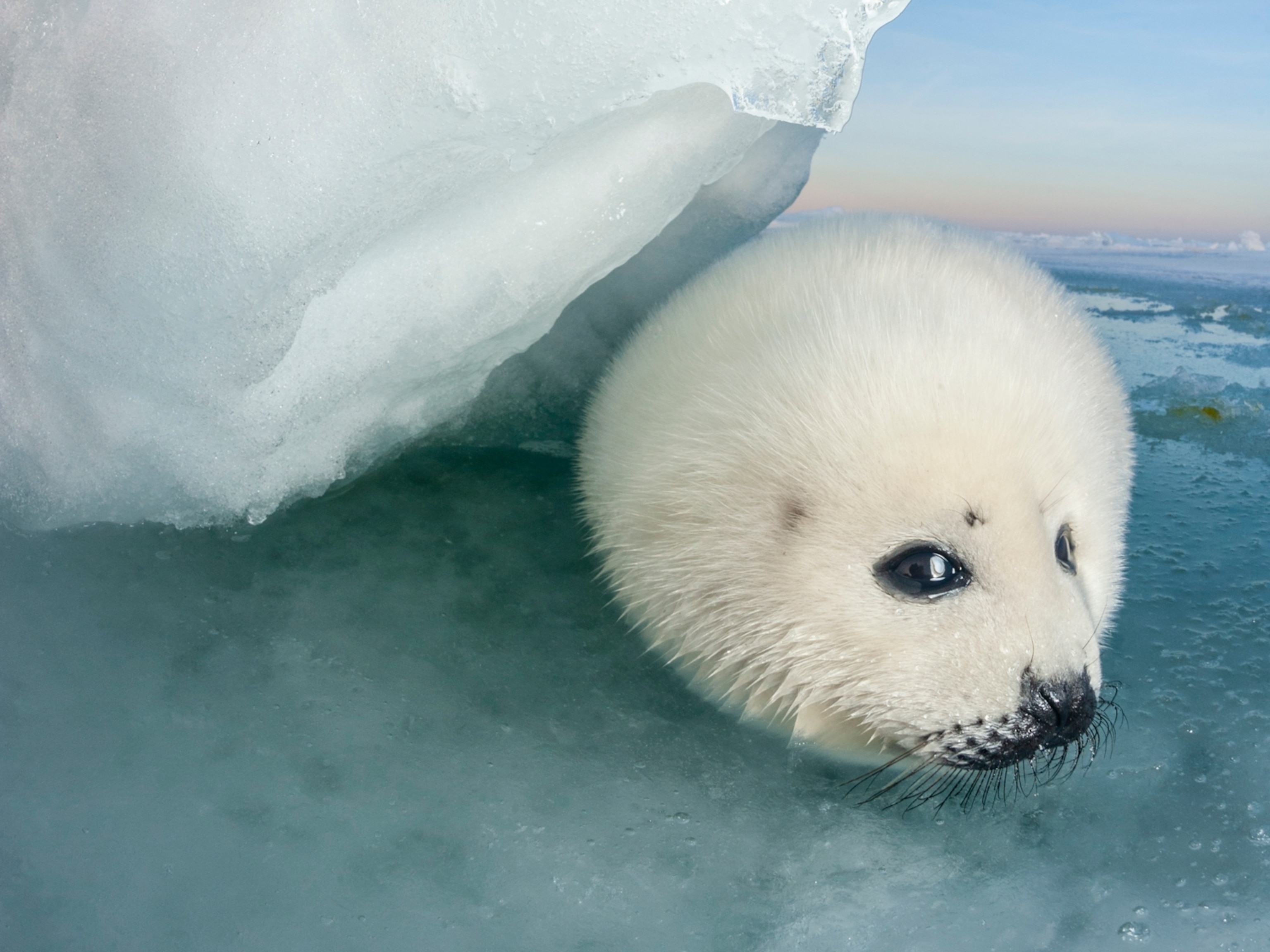Watch: Seal Pup Rescued From Fishing Nets
Video shows an adorable, wide-eyed seal pup getting rescued from a massive tangle of nets that threatened its life.
While out fishing near Owls Head, Maine, one commercial fisherman caught something unexpected—a young harbor seal pup.
Spotting the mass of mammal and fishing rope floating in the water, the fisherman quickly hauled it up, eager to cut the animal free. Using a small knife to cut through the mass of green ropes, the man was eventually able to free the animal.
The fisherman then lowered the seal gently into the water.
Harbor seals in this region are born during April and May and nurse for four to six weeks, meaning the young seal had likely just weaned from its mother.
After video of the seal's rescue was posted on Facebook, it quickly earned a bevy of comments and shares praising the fisherman's rescue. While seals, especially pups, can look harmless and adorable, the mammals are known to sometimes have a dangerous bite.
"Seals have sharp teeth and can transmit various viruses and bacteria to humans," Leanna Matthews, a pinniped researcher at Syracuse University, noted in an email to National Geographic. "That’s why it’s really best to leave rescues to trained professionals."
Seals getting caught in fishing lines is not uncommon. Late last month, video released from Scotland showed a grey seal's dramatic rescue after it was caught in a lobster fishing line. Dangling precariously from a rope tangled around its neck, the seal was cut free by a wildlife rescue team; however, one responder noted at the time that the seal was one of the lucky few that actually lived after getting stuck in the fishing equipment.
Getting caught in fishing nets can be a big problem for seals. They often becomes victims of what is known as bycatch, or the accidental capture of marine creatures while fishing.
Harbor seals, along with other seal species and cetaceans, are protected in the U.S. under the Marine Mammal Protection Act. The act places caps on allowable bycatch and offers guidelines for conservation techniques.
According to the National Bycatch Report compiled by the National Oceanic and Atmospheric Administration from 2008 to 2014, roughly 880 seals were caught as bycatch in the northeastern region.
A 2014 bycatch report published by ocean conservation group Oceana estimates that mortality limits under the Marine Mammal Protection Act could be exceeded by as much as 20 percent.
Trawl nets, which drag large fishing nets along the ocean floor, by far accounted for the largest percentage of bycatch.
As many as 60,000 harbor seals live in the western Atlantic, and under the International Union for the Conservation of Nature, the animals are listed as an animal of "least concern."





